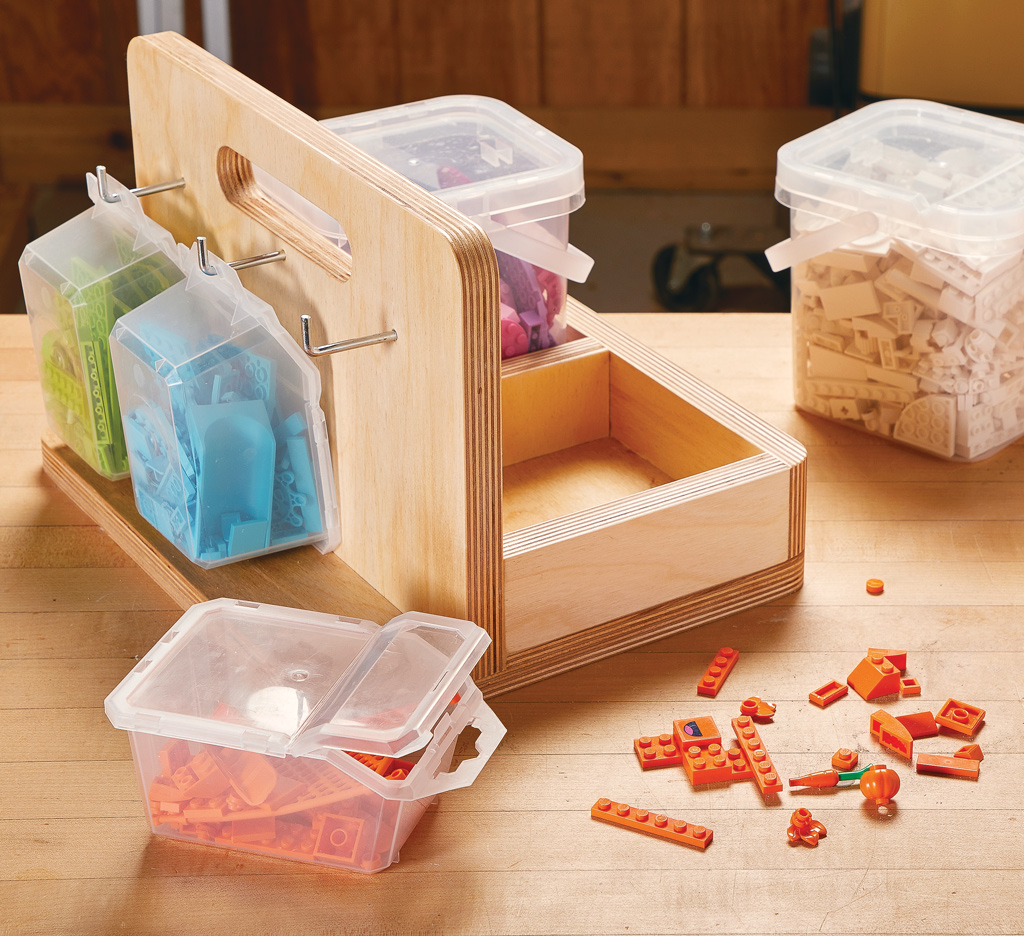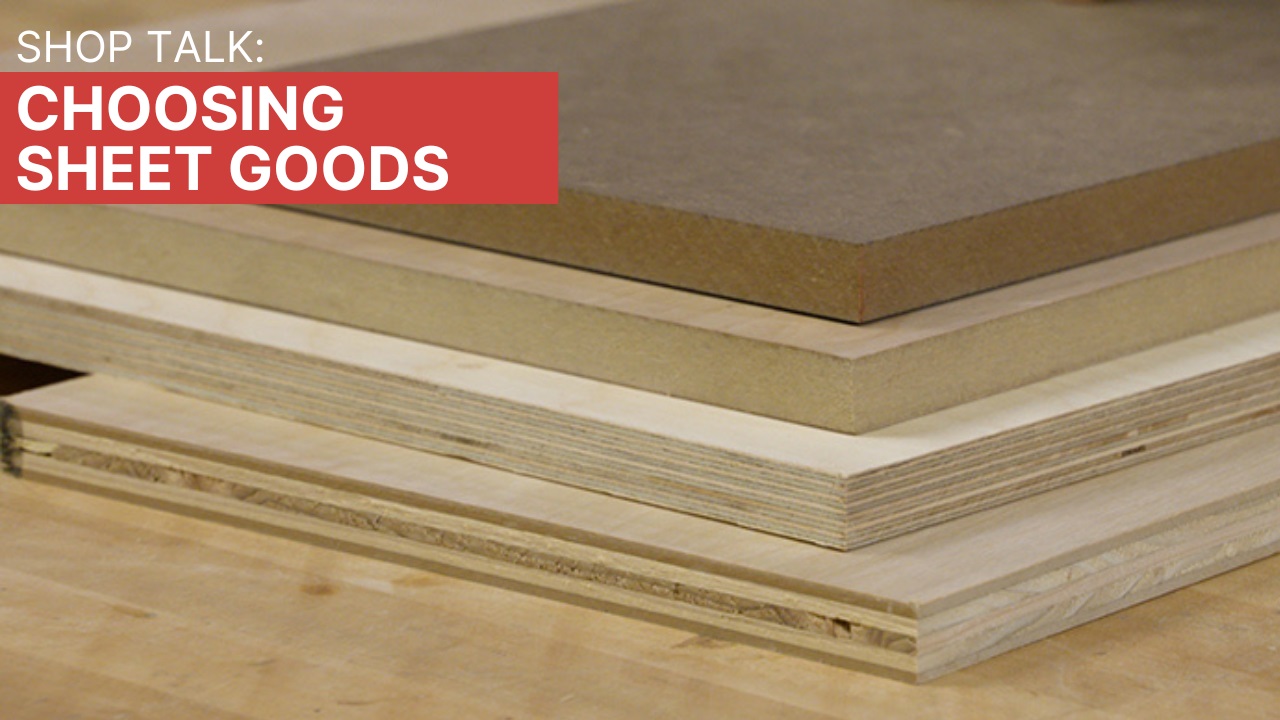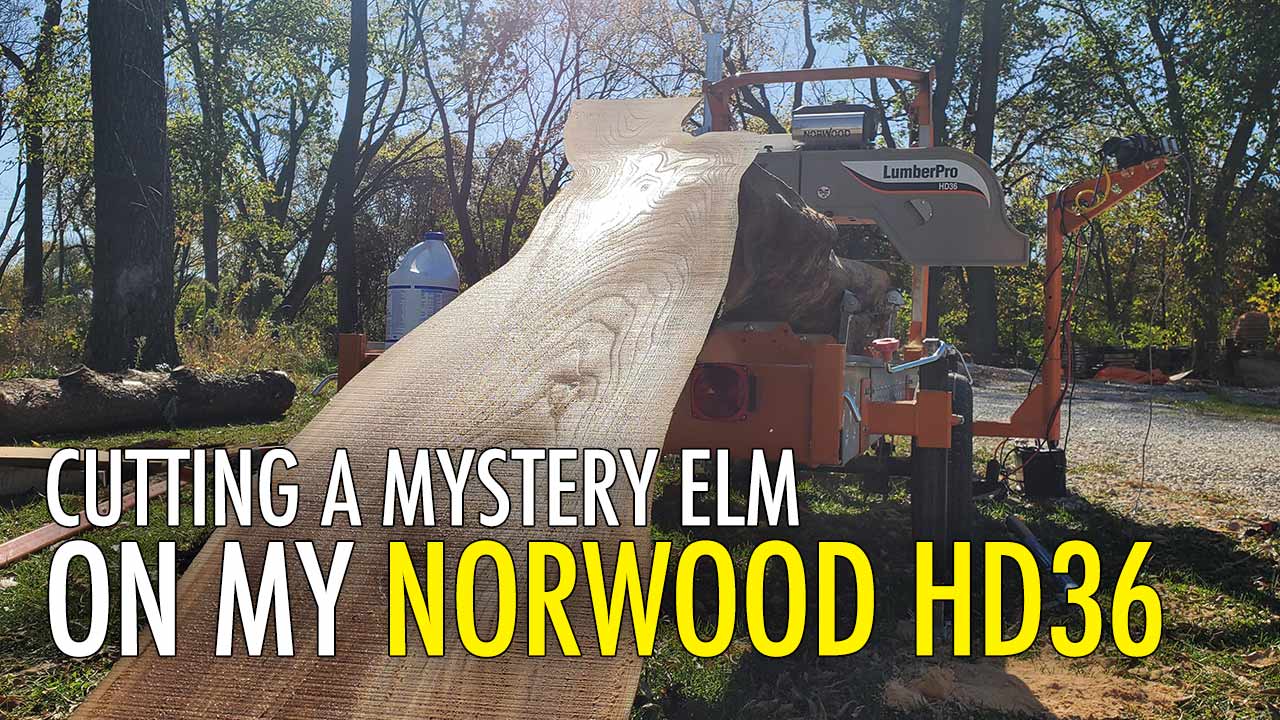

There are few domestic woods for woodworking which match the beauty and durability of maple. This versatile lumber ranges from super-strong, even-grained boards, to highly figured panels that beg to be on display. Add to that the availability of this lumber and it’s just hard to beat.
There are at least 13 different species of maple trees native to North America. And most of these grow in the forests of New England and eastern Canada, as well as the Pacific Northwest. Despite the range and quantity, there are only about half a dozen of them that are harvested commercially for lumber. These are typically divided into two broad categories — hard and soft maple.
HARD VS. SOFT. The terms hard and soft maple are really relative. Soft maple is called soft only because it’s softer than hard maple. But on the Janka Scale of hardness (an industry scale for measuring the density of lumber) soft maple still has a rating of 700 to 950 pounds (about the same as cherry). That’s a lot less than hard maple, which is rated at 1,450 pounds. Both are significantly harder than most softwoods, like Western white pine (common construction lumber) which has a Janka rating of 380.
HARD MAPLE. The top lumberproducing maple in North America is the sugar maple. This species, along with its twin the black maple, are the only trees that yield hard maple lumber.
Because of its durability, hard maple is used mostly for flooring. You’ll also find it in kitchen cabinets, cutting boards, and heavy structural parts of furniture.
Hard maple distinguishes itself from soft maple by its rate of growth. Since sugar and black maple are slow growing trees, the growth rings in the trunk are tighter (often about 1⁄16" apart). This creates a much denser lumber (photo above).
SOFT MAPLE. The other maples harvested for lumber, including box elder, bigleaf, red, and silver are in the soft maple group. These maples grow much faster, which means the growth rings are farther apart (up to 1⁄4").
Soft maple is a beautiful wood for decorative furniture. I use a lot of straight-grain soft maple lumber for utility uses in projects, like drawer parts and interior frames. But if your goal is to build an eye-popping piece of furniture, then you’ll want to look for figured maple lumber.
FIGURED MAPLE. You’ve probably heard the terms curly, fiddle-back, tiger, and flame maple (photos below). These terms refer to wood that has pronounced and varying swirls and perpendicular streaks that give the surface of the wood a three-dimensional effect. While there is much discussion about what causes figured wood, it’s still really a mystery as to why it occurs.
Quilted maple has a look of bubbly water or puffy quilting (center photo). While this figure is not exclusive to maple trees, it’s much more common in this species of tree.
Birdseye is another distinct figure that is sought after. These small marks that reflect light, usually pepper hard maple (lower photo). They differ from curly maple in the size and shape of the figure.
AMBROSIA & SPALTED. Unlike the mystery of figured maple, there are a couple of other types of maple that can be simply explained. They’re ambrosia and spalted maple. You can read more about these in the box below.
WORKING WITH MAPLE. The beauty of maple and the varying grain patterns result in eye-catching projects. But these variations can translate into a piece of lumber that’s difficult to work with.
For starters, some soft maple has a tendency to swell or move excessively after it’s been machined. While you should let all wood acclimate to your shop before you thickness it, I usually plane maple to rough thickness and then let it sit a few more days before I bring it to final thickness. This gives you the ability to adjust for wood movement.



Also, figured maple has a tendency to chip out when it’s planed or jointed. You can avoid chipout by taking a light pass on the planer and jointer. As an alternative, you can sand or scrape a board by hand if you don’t have much material to remove.
These tips will help you deal with the challenges you may encounter with maple. As a result, you’ll be well on your way to building some eye-popping projects with this versatile wood.
Maple With Character
While rot and infestations in wood usually aren’t a desirable characteristic, they can lead to interesting figure in lumber.
SPALTED. One of these is spalted maple, which is the direct result of a fungus that grows in the wood. The fungus grows mostly in dead trees, but it can also take hold on damaged or living trees.

There are three types of spalting that are considered desirable to woodworkers. They’re known as pigmentation, white rot and zone lines (upper photo). Pigmentation occurs mostly in the sapwood where fungi grow and leave the wood looking dark in places. White rot is a type of fungus that consumes the pigment in the wood cell wall and leaves behind bleached out areas. The last type is zone lines. These are “walls” created where two competing types of fungus meet. They are very dark to almost black.
While these figures are highly desirable, they often result in soft or “punky” spots where the fungi have weakened the wood. As a result this wood is usually injected with epoxy or CA glue to reinforce the fragile areas.
AMBROSIA. Another type of spalting that can produce a pattern in wood results in ambrosia maple. This type of figure is the result of a tree infested by the ambrosia beetle. The tiny insect bores tunnels throughout the main trunk and leaves a type of fungus behind. This results in small holes in the lumber and fungus stains, like you see in the photo at right. There’s little damage to the structure of the wood, so the lumber remains sturdier than true spalted lumber.












